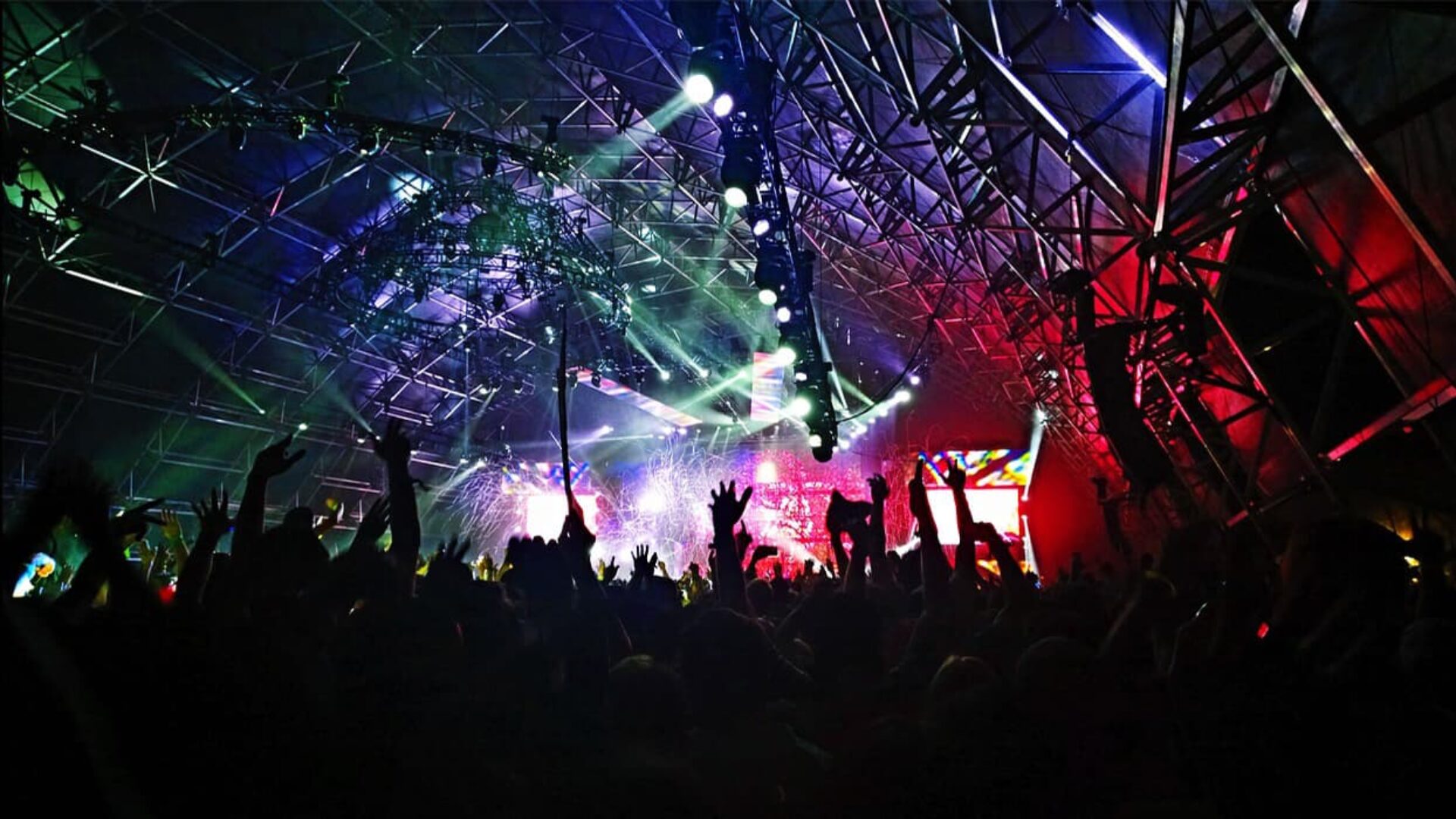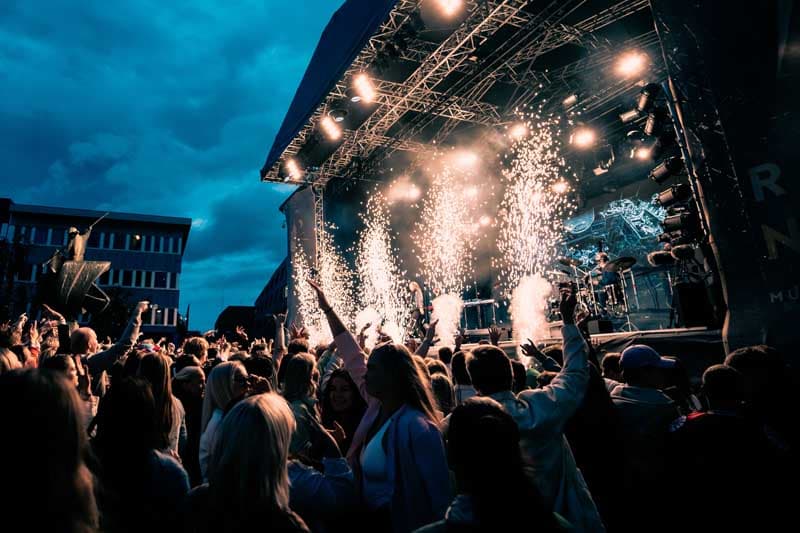Music festivals today are an integral part of the cultural landscape, bringing together thousands of people under the open sky in an atmosphere of freedom, rhythm, and creativity. However, the roots of this phenomenon go far back in history—much further than one might expect. The transition from religious and ritual music gatherings in ancient times to large-scale cultural events of the 20th century tells the story of how humanity’s attitude toward music, communication, and the shared experience of art has changed.
Music and Society in Ancient Times
Music held special significance in the ancient world: it was used in religious ceremonies, public events, and military activities. In Ancient Greece, musical competitions were an important part of the Olympic Games and theatrical festivals such as the Great Dionysia, dedicated to the god Dionysus. In Rome, music was heard at mass spectacles, including gladiator battles and celebrations in honor of the emperors. These events were not festivals in the modern sense, but it was during them that the idea of musical unity and performing before large audiences began to take shape.
Medieval Traditions and the Beginning of Public Celebrations
In the Middle Ages, musical events remained closely intertwined with religion. Festivals in honor of saints and church holidays were accompanied by choirs, trumpeters, and minstrels. With the development of guilds and the growth of cities in Europe, secular forms of celebration began to emerge, where music played a central role. Fairs and seasonal festivities became a sort of prototype for future festivals: folk music played, street musicians performed, and people from different social classes gathered together.
The Renaissance and the Rebirth of Musical Culture
From the 15th century, a more secular perception of art began to take hold in Europe, and music became an important part of the aristocracy’s cultural life. Palace concerts, musical evenings, and tournaments became platforms for composers and performers. The first music academies appeared in Italy, Germany, and France, and large cities began to organize public music celebrations. This trend also took root in Portugal, where court music and fado began to reach the masses, laying the groundwork for future public recognition of the festival format.
The Modern Era and the Formation of the Festival Movement
A true revolution in the perception of musical events took place in the 18th–19th centuries. It was during this era that events like the Salzburg Festival and the Bayreuth Festival were born, focusing on the performance of classical music. They established a model where music became the central content of a major event, attracting audiences from different countries. Interest in culture also grew in Portugal—musical performances in Lisbon’s squares became an important part of city festivities. At the same time, ideas emerged for creating cultural spaces in the open air, where music, leisure, and community could be brought together.
Today, when many seek ways to immerse themselves in music without leaving home—through online concerts or modern digital entertainment like Casinos e Apostas—it becomes even more interesting to observe how live music has brought people together across time and space.
Woodstock and the Birth of the Modern Music Festival
The Woodstock Festival in 1969 marked the beginning of a new era. More than 400,000 people gathered in a field in New York State to listen to music for three days, talk about freedom, protest against war, and simply be together. It was not only a musical event but also a cultural explosion that reflected the spirit of the time. Since then, the concept of “festival” has acquired new meaning: it has become a form of expression for an entire generation.
In Portugal, its own scene was developing around the same time. First came small folk music festivals, followed by major events like Festival Vilar de Mouros, which was first held in 1971 and is considered the oldest rock festival in the country. It also became a symbol of cultural liberation, especially during the years leading up to the Carnation Revolution, when music served as a form of protest.
Legacy and the Present
Today, music festivals cover all styles—from electronic and indie to folk and jazz. In Portugal, events like NOS Alive, Super Bock Super Rock, and Boom Festival not only entertain but also unite culture, tourism, and the economy. They provide a platform for debuts, collaborations, and cultural dialogue.
Interestingly, with the advancement of digital technologies, festivals are now accessible even to those who cannot attend in person—streams, VR broadcasts, and interactive platforms blur the lines between stage and audience. Just like Woodstock once did, they offer a sense of belonging—only now on a global scale.
Music festivals remain a mirror of the era—its ideals, fears, and aspirations. They evolve with society, proving that regardless of format or time, live music continues to be one of the most powerful forms of human connection.



